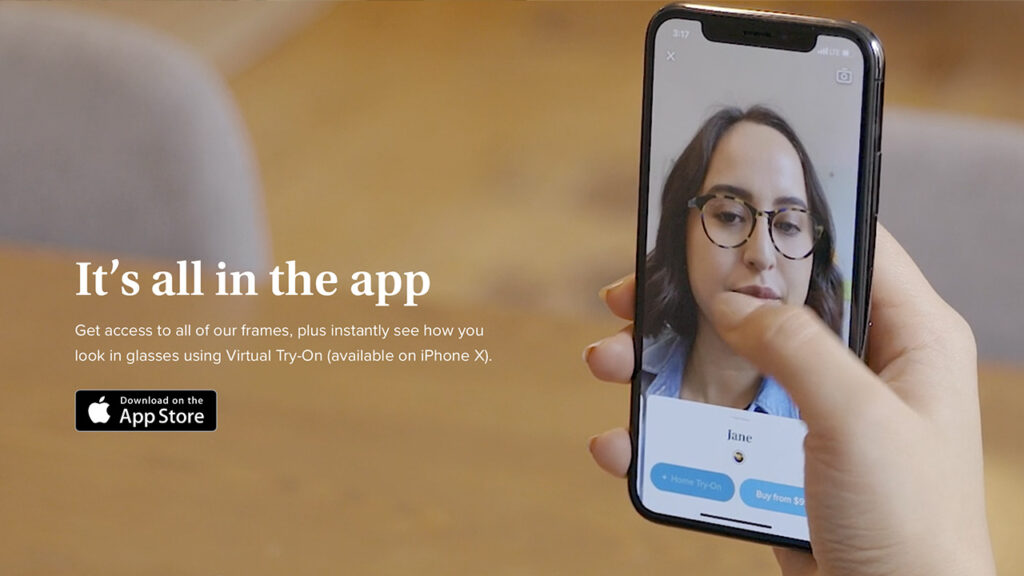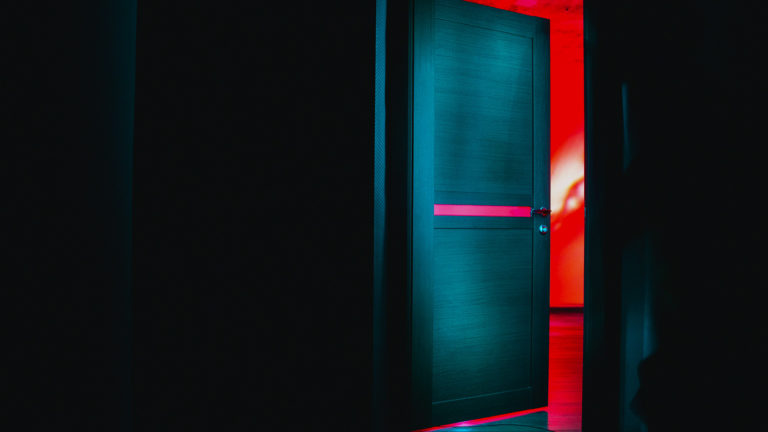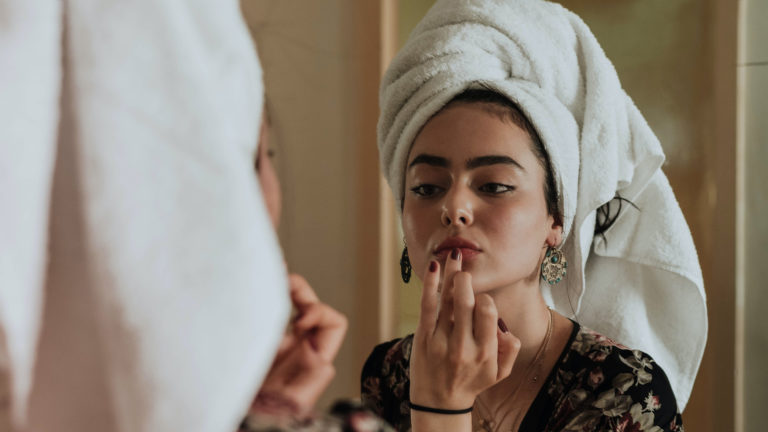The pandemic has been and continues to be, a challenging time for brands and businesses across all categories and lately, we’ve been thinking about what it means for the future of retail.
Growing health and safety concerns over the past 10+ months have ramped up the speed at which we have been shifting from in-store to online shopping – however, this has been primarily situational, a reaction to the situation we currently find ourselves in.
Does it cue doom and gloom for brick and mortar, once the world begins to open back up again?
Definitely not.
We need to remember shoppers, consumers – people – don’t think in the stark, black-and-white terms that marketers do. People aren’t seeing a competition between in-store and online shopping; they are taking what they like best from both the virtual space and the physical space to create their own ideal purchasing experience.
For this reason, the future of retail still holds a strong place for brick-and-mortar stores.
It’s why retailers and brands who have a dedicated retail presence need to understand the evolving role of their physical stores; the deeper value that they provide for their consumers and how they can work in lockstep with their online shopping experience.
To explore this let’s look at the different kinds of value that physical stores provide people with.
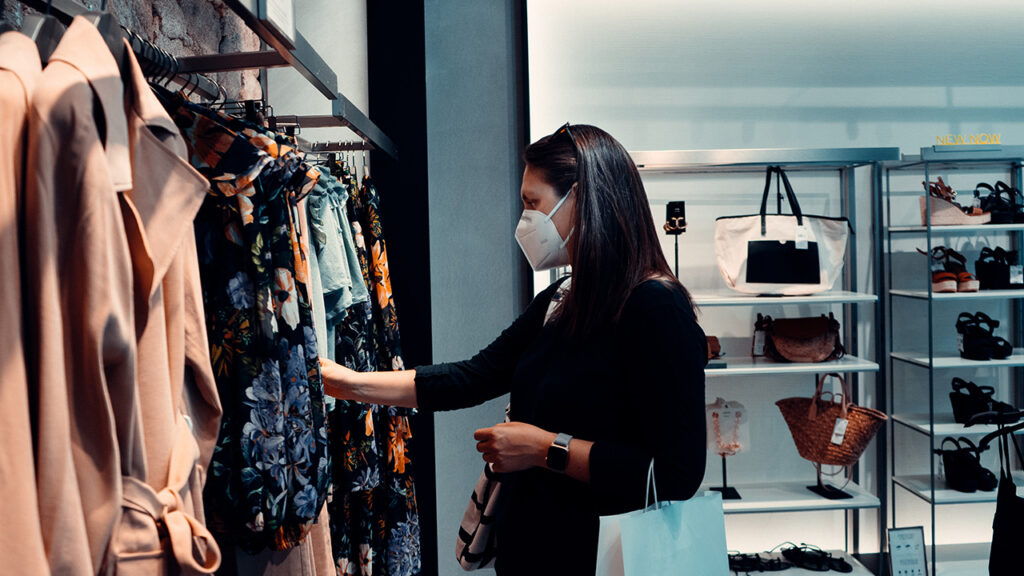
1) The in-person shopping experience delivers on a particular set of emotional needs.
The online shopping space has yet to replicate the magic of the in-person shopping experience, specifically during the exploration phase: the spontaneity of browsing, the unexpected discovery, the seductive thrill of the hunt, and the impulse-driven splurge.
During this kind of exploratory shopping, people crave interaction with another human and desire encouragement, acknowledgment, confirmation, or generally assuaging any purchasing fears.
On a more emotional level, the physical store offers us something else we have all been sorely missing this past year; it’s what sociologist Ray Oldenburg coined as The Third Place.
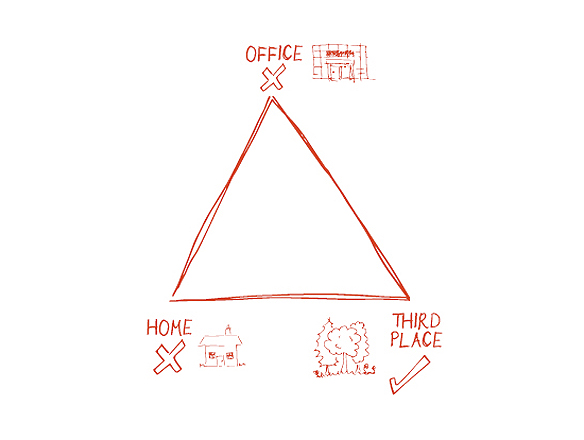
The Third Place is a public domain that is neither home nor work – a neutral place where one can interact with strangers and build empathy with other humans.
Shopping in-store and proffering a compliment to a random fellow-shopper, or interacting with sales staff, offers us the kind of emotional value we are craving (right now more than ever). A reminder we are part of a connected community of humans.
2) The in-store experience still has much to offer for complex, tactile-centric purchases.
While a person can read product descriptions and reviews online, getting a general sense of a brand from their website, nothing compares to the ability to experience a product in real-time, using the full senses. This is especially important when it comes to items at a higher price point and a big part of everyday life. The key to meeting this challenge has been merging the best parts of online and in-store for a more well-rounded experience.
Augmented reality continues to rise as a tool that brands can use to help people begin their purchase journey from home. This helps to build excitement and interest, as well as streamlines a person’s in-store experience. For the past several years, Warby Parker has been using AR through their Webby Award-winning app, where people can virtually “try-on” the full selection of frames, (which is not only fun but helps take out some of the tedious parts of the try-on process). However, knowing that an IRL experience is still important for many people, Warby Parker has maintained their brick-and-mortar showrooms so that eyewear can all be physically tried on, and that tactile piece of the purchase experience is not lost.
Mattress brands like Casper rely on a similar model. These brands make ordering online simple and straightforward, but they understand there is a lot of trust needed to commit to a mattress without actually lying on it. To solve this, they pair their strong online shopping experience with brick and mortar showrooms, where mattresses can be tested out IRL.
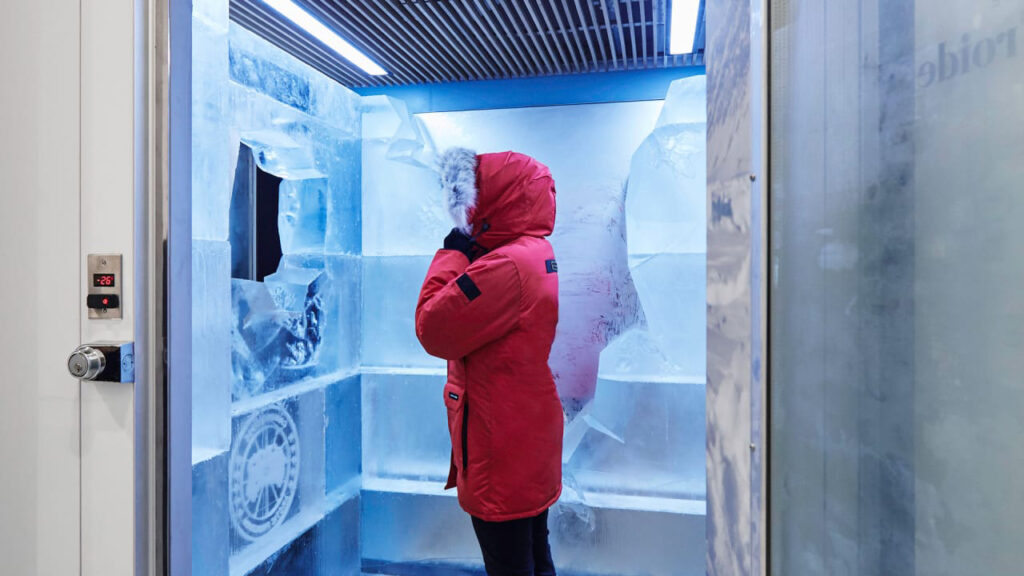
3) Having a brick-and-mortar retail presence is a way for brands to build relationships with their consumers that isn’t simply transactional.
Over the past few years, we have seen the rise of experiential marketing, with brands optimizing their retail spaces as a place for people to connect with brands on a more emotional level. Canada Goose created its “Canada Goose Cold Rooms”, where people could test out high-ticket parkas in a sub-zero temperature room. The experience, fun and unique, showed people that the brand not only had a high-quality product, but they were creative and cutting edge.
Sonos paired with Google and launched pop-ups in NYC and London, titled “The Brilliant Sound Experience”. These installations explored the mechanics of music and why we have the emotional resonance we do with sound. The pop-ups included a large-scale light show, a sculpture installation, and of course dedicated listening rooms. The result was an immersive experience that was exciting and interesting, while also portraying Sonos as a leader in the science behind sound.
Korean eyewear brand Gentle Monster has become known for offering a fully immersive experience for those who enter its stores. Their flagship store in LA, called “Harvest”, is a large series of intricate kinetic art installations that are interactive and imaginative, creating a deeply calming and enjoyable experience.
Experiential marketing at brick-and-mortar stores will always offer the opportunity for people to immerse and connect with a brand on a deeper, more emotional level.
As humans who have been kept in relative captivity for some time, forced to engage predominantly online, once social restrictions are lifted, our priority and focus will be on in-person, real-life engagements and experiences and brands need to be ready to lean in.
Questions to ask yourself:
Is my brand’s in-store experience offering an emotional value that cannot be replicated through the online tools available?
How can I leverage that emotional value in a different way to provide meaning and value to my consumers?
How can my brand combine the advantages of brick and mortar with the convenience and creativity of Augmented Reality, or other projective online tools, for a more integrated and comprehensive brand experience? How can we ensure we provide the right engagement tools at the right stages and multi-channel touchpoints in the consumer’s path to purchase? How can we utilize tech in a way that enriches the customer experience?
How can we optimize our physical stores to provide exciting and innovative experiences that add meaning and value to our consumers during the retail journey? How can we consistently move beyond the transactional and make a lasting impression on our consumers, connecting with them on a deeper level consistently over time?
What do you think about the future of retail? Drop us a line, we’d love to hear your thoughts!
*Check out our thoughts on Covid’s impact on travel, entertainment, and pet parenting.

